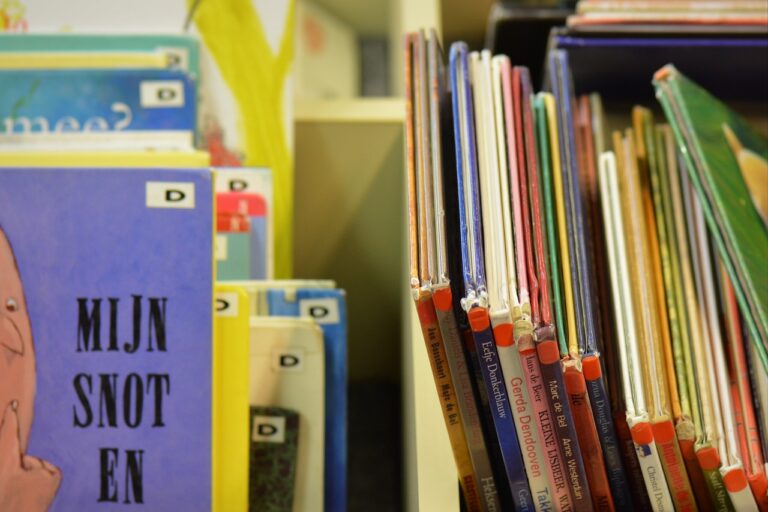Leveraging Peer Tutoring Programs to Support Student Learning
Peer tutoring programs are a popular educational approach that involves students teaching and helping their peers in various subjects. These programs are based on the idea that students can often explain concepts in ways that resonate better with their fellow students than a teacher might. Typically, peer tutoring programs pair a more advanced student with one who needs extra support, creating a collaborative learning environment that benefits both individuals.
Students participating in peer tutoring programs often experience improved academic performance, increased confidence, and enhanced social skills. Beyond the academic benefits, these programs also foster a sense of community and support among students, promoting a positive school culture. Peer tutoring programs can be implemented in various settings, from elementary schools to universities, catering to diverse learning needs and creating opportunities for students to take ownership of their education.
Benefits of Peer Tutoring Programs
Peer tutoring programs offer numerous benefits to both the tutors and the students receiving assistance. For the tutors, this experience provides an opportunity to reinforce their own understanding of the material by teaching it to others. This process of teaching reinforces their knowledge and helps build their confidence in the subject matter. Additionally, tutoring allows students to develop essential communication and leadership skills as they explain concepts and help their peers navigate through academic challenges.
On the other hand, students receiving peer tutoring benefit from individualized support and explanations from someone who may have recently mastered the same material. This peer-to-peer interaction can create a more comfortable and approachable learning environment, where students may feel less intimidated to ask questions or seek clarification. Moreover, students often find it easier to relate to their peers, which can make the learning experience more engaging and relatable compared to traditional teacher-led instruction.
Implementing Peer Tutoring Programs Successfully
When implementing peer tutoring programs, it is crucial to establish clear guidelines and expectations for both tutors and tutees. Setting specific goals and outlining the roles and responsibilities of each participant can help create a structured and effective learning environment. By clearly defining the purpose of the program and the desired outcomes, both tutors and tutees can work towards achieving academic success together.
Additionally, regular communication and feedback mechanisms should be established to monitor the progress of the peer tutoring program. Providing opportunities for tutors and tutees to communicate openly about challenges, successes, and areas for improvement can foster a supportive and collaborative learning community. Encouraging a culture of continuous improvement and mutual respect within the program can contribute to its overall success and effectiveness.
What is the purpose of peer tutoring programs?
Peer tutoring programs are designed to provide additional support and assistance to students by pairing them with their peers who can help them improve their academic skills and understanding of various subjects.
What are some of the benefits of implementing peer tutoring programs?
Some of the benefits of peer tutoring programs include improved academic performance, increased confidence and motivation, enhanced communication and social skills, and a sense of community and support among students.
How can schools successfully implement peer tutoring programs?
Schools can successfully implement peer tutoring programs by establishing clear guidelines and expectations for both tutors and tutees, providing training and support for peer tutors, matching students based on their needs and strengths, and regularly evaluating the effectiveness of the program.







